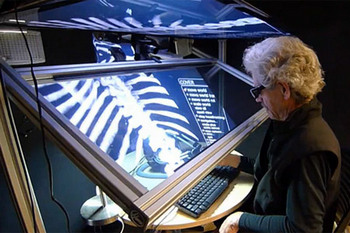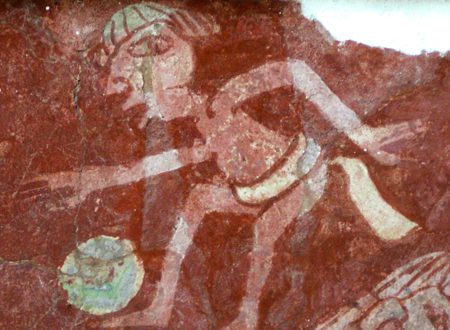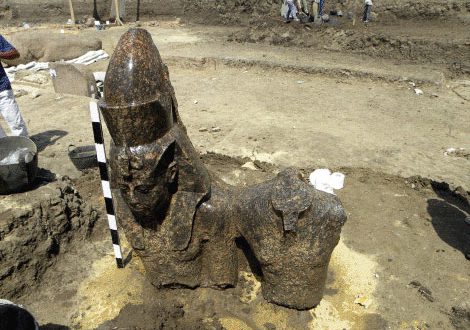 A new analysis of Early American skeletons concludes that the large anatomical difference seen between ancient and recent Native Americans is best explained by two colonisation events of the New World.
A new analysis of Early American skeletons concludes that the large anatomical difference seen between ancient and recent Native Americans is best explained by two colonisation events of the New World.
The study suggest that the latest common ancestor between Early and Late Native American groups must have been located outside the continent: an other group of individuals arrived in the New World before the primary ancestors of today’s Native Americans.
The team studied a series of skeletons from South and Central America between 7,500 and 11,5000 years old, comparing them with those of more than 300 Amerindians, dating to 1000 years ago.The morphologicaldata wasthen compared against six possible scenarios for the settlement of the New World, including a single migration scenario, a single migration with subsequent evolutionary change through time, and two migrations into the Americas.
The comparison results suggest that the last common ancestor between Early and Late Native American groups must have been located outside the continent, and that a scenario considering two distinct migrations from Northeast Asia explains the observed differences best.
We found that the differences seen between Early and Late Native American groups match the predictions of a two-migration scenario far better than they do those of any other hypothesis, even taking into account local evolution through time. In other words, these differences are so large that it is highly improbable that the earliest inhabitants of the New World were the direct ancestors of recent Native American populations explain the authors of the study, published in PloS One.
In such a scenario, an early migration from North-East Asia and through the Bering Strait into the continent could have given rise to the Early American populations found in South and Central America.
This first dispersal between Paleoamericans and Amerindians probably occurred before the evolution of the distinctive cranial morphology that characterizes Native Americans today. This morphology would have been brought into the continent in a second wave of migration, again from East Asia and following much the same route.
The research by professors Katerina Harvati (University of Tubingen), Mark Hubbe (University Catlica del Norte) and Walter Neves (San Paulo University) indicates an elaborate scenario for the settlement of the New World: “What we actually demonstrate is that the processes associated with the settlement of the Americas appear to have been more complex than is often proposed.”




